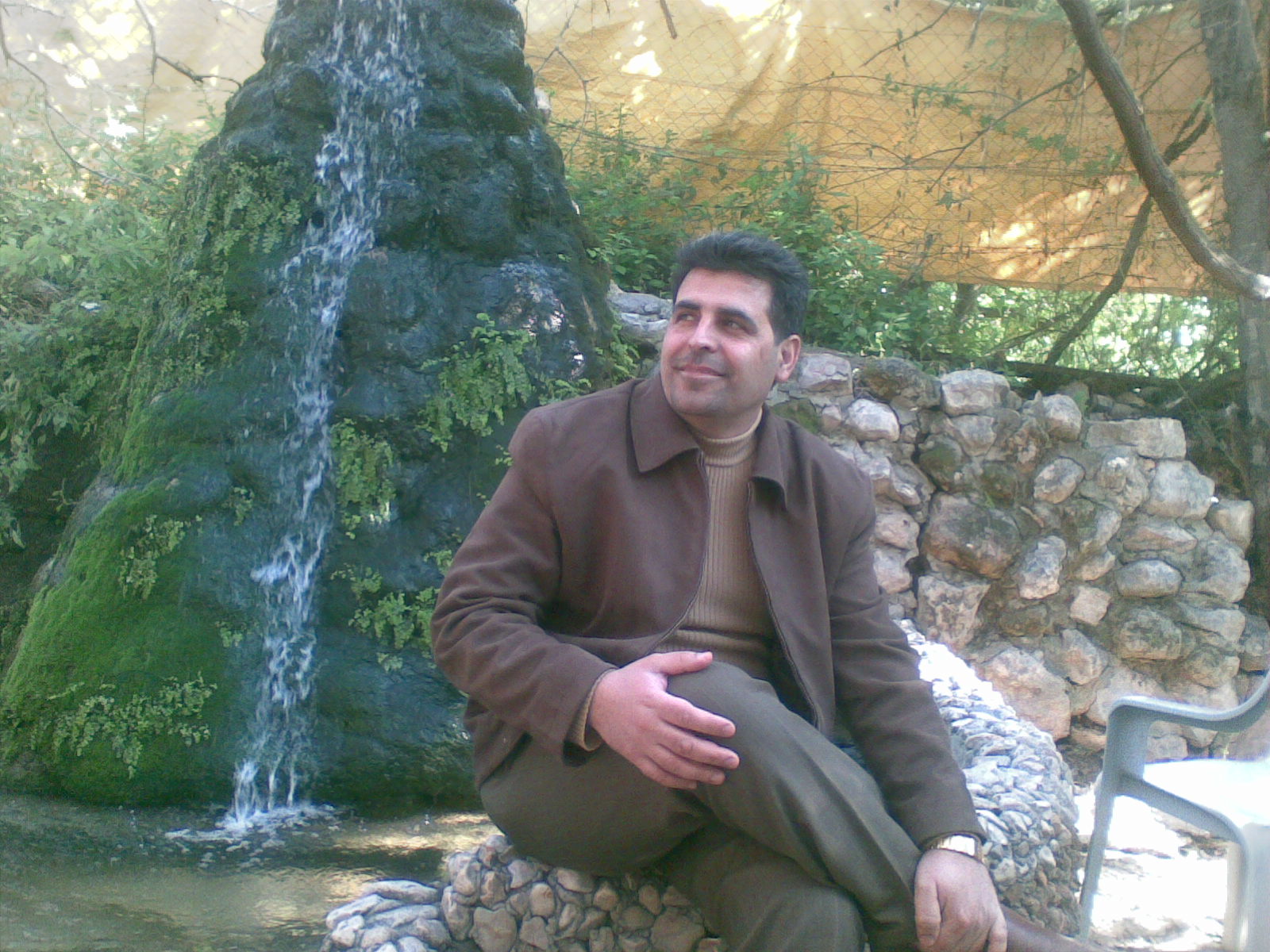I am a lecturer at An-Najah National University. Within an agreement between Lancaster University and An-Najah University I had agreat opportunity to become a part of a Nonlinear Biomedical systems research group. Many thanks to Prof. Aneta and the president of An-Najah Univ. (Prof. Maher Al-Natshah)who helped me to be part of this group. Working with creative people is a promotion to experience your research with interest.
Ion Channels are pore-forming membrane proteins whose functions include establishing a resting membrane potential, shaping action potentials and other electrical signals by gating the flow of ion across the cell membrane, controlling the flow of ions across secretory and epithelial cells, and regulating cell volume. So it is fascinating to work on improving the understanding of ion channels via modelling and simulating the passage of ions. There are two distinctive features of ion channels that differentiate them from other types of ion transporter proteins:
First, the rate of ion transport through the channel is very high (often 106 ion per second or greater).
Second, ions pass through channels down their electrochemical gradient, which is a function of ion concentration and membrane potential, without the inputof metabolic energy.
There are over 300 types of ion channels in a living cell. Ion channels may be classified by the nature of their gating, the species of ions passing through those gates, the number of gates and localization of proteins. There are a number of genetic disorders which disrupt normal functioning of ion channels and have disastrous consequences for the organism. Genetic disorders of ion channels and their modifiers are known as channelopathies. These channels are very important in our life and there are many things related to them that not investigated, so I choose them to be my research topic and I hope to understand and discover the things are still not understood.
